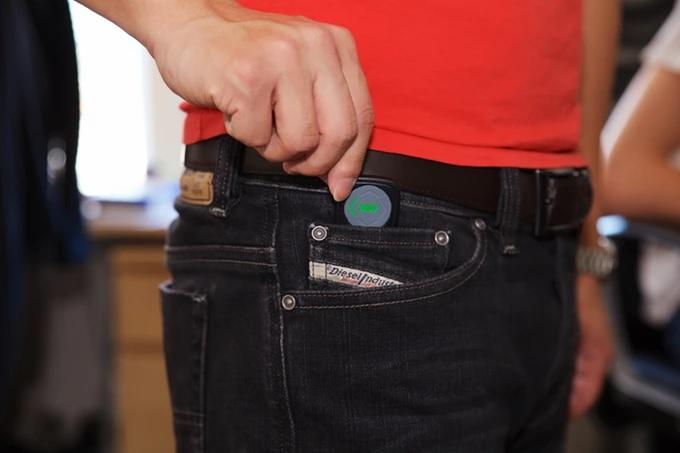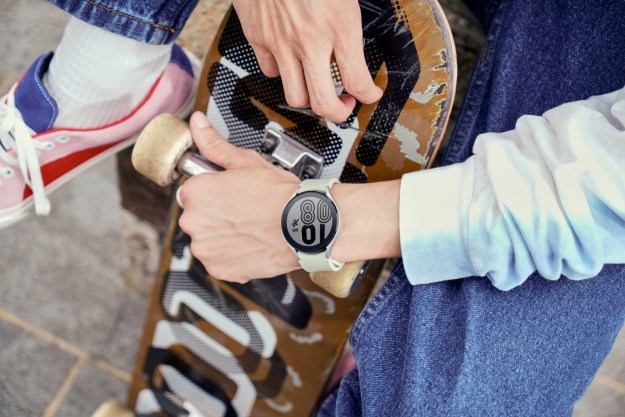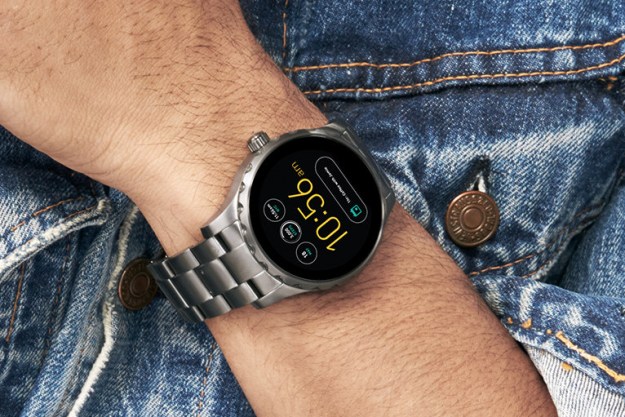
MetaWear Coin, created by MbientLab has everything in it that a wearable needs; an accelerometer, thermistor, a certified Bluetooth low-energy sensor, and an ARM system-on-a-chip, all on a printed circuit board. 256KB flash memory and 16KB RAM, run on a CR2032 cell battery (easy to find). With that tech, it can both stream data and store it on the device, and can last up to six months.
The 12-bit BOSCH low-noise accelerometer is already certified, so it cuts down on the approvals needed to get to market. The case is shatter- and water-resistant, and has one gigantic button and an LED. The industrious designer can pop it open and add their own SPI/GPIOs/12C LEDs or sensors to the board.
On GitHub, the software construction collaboration site, MbientLab hosts a page where users can access their existing Android and iOS APIs, as well as the Apple notification app. The Coin comes with firmware already loaded, but for expediency, the proprietary MetaSense software lets you analyze data, log info, and control the Coin.
On the Google Play and App Store, MbientLab has apps ready for to you test the board. They also have a projects page where all the goodies made with the Coin get displayed. There, designers can blog about their own projects or search for inspiration.
The Coin has a ton of possibilities. Add a UV sensor and you get MetaUV, a necklace that can warn you when to put on sunscreen. Or use multiple MetaWears for one app. The MbientLab team demoed the Coin’s flexibility with MetaPunch, a boxing glove that measures your impact force.
MbientLab is asking for $50,000 on Kickstarter to bring the MetaWear Coin to the public. The super early birds are all gone, but $70 isn’t a bad deal to grab a DIY wearable platform. It is all very meta; asking for money to make a wearable that will make other wearables. MbientLab is not a bunch of newbs (or noobs) and has already funded a MetaWear last year, the MetaWear R, through Kickstarter, and delivered to backers ahead of schedule. The Coin is expected to reach backers by December 2015.
Editors' Recommendations
- Apple Fitness+ now lets you work out with your friends
- WhatsApp now lets you make voice and video calls from your computer
- Netflix makes Our Planet, other documentaries available for free on YouTube
- Don’t speak: This wearable lets you give voice commands without saying a word
- YouTube will let everyone watch Cobra Kai, other Originals, for free


